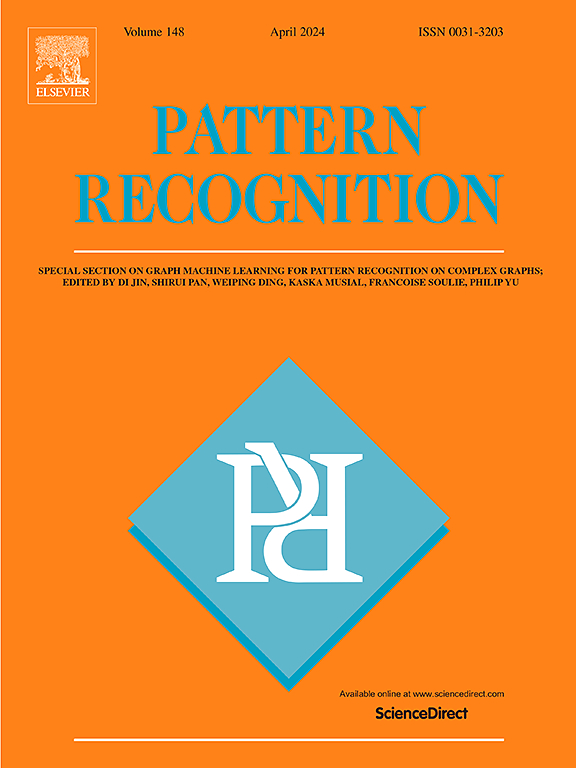NRGAN: A Noise-resilient GAN with adaptive feature modulation for SAR image segmentation
IF 7.5
1区 计算机科学
Q1 COMPUTER SCIENCE, ARTIFICIAL INTELLIGENCE
引用次数: 0
Abstract
The information extraction of offshore aquaculture rafts from synthetic aperture radar (SAR) images is important for large-scale marine resource exploration and utilization. In this paper, a deep learning model, called Noise-Resilient Generative Adversarial Network (NRGAN), is proposed for SAR image segmentation captured under varying sea conditions to monitor aquaculture rafts. NRGAN consists of an image generator and two regressors. The image generator is used for image segmentation and the regressors for discriminating the generated results and the actual labels. As a key component of the generator, a pixel-level contextual feature adaptation module is designed to improve the performance of the model in dealing with issues such as noise interference and complex image features commonly found in SAR images. The module consists of three parts: one for spatial-feature adaptation to aggregate spatial information from input feature maps and generate a spatial attention map to focus on relevant areas in images, one for contextual-feature adaptation to integrate contextual information for improving feature learning and increasing the expressiveness of input data, and one for pixel-level feature adaptation to refine the contribution of regions within the images, thereby enhancing the coherence of the overall segmentation.
求助全文
约1分钟内获得全文
求助全文
来源期刊

Pattern Recognition
工程技术-工程:电子与电气
CiteScore
14.40
自引率
16.20%
发文量
683
审稿时长
5.6 months
期刊介绍:
The field of Pattern Recognition is both mature and rapidly evolving, playing a crucial role in various related fields such as computer vision, image processing, text analysis, and neural networks. It closely intersects with machine learning and is being applied in emerging areas like biometrics, bioinformatics, multimedia data analysis, and data science. The journal Pattern Recognition, established half a century ago during the early days of computer science, has since grown significantly in scope and influence.
 求助内容:
求助内容: 应助结果提醒方式:
应助结果提醒方式:


